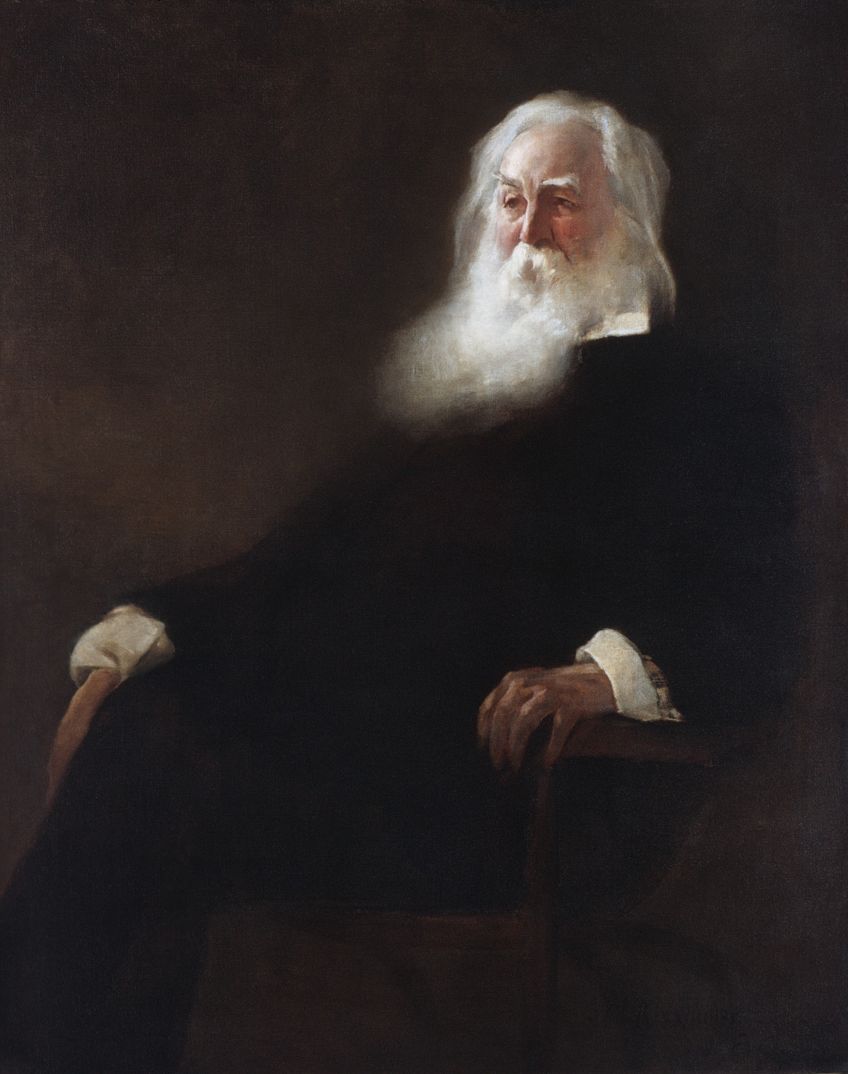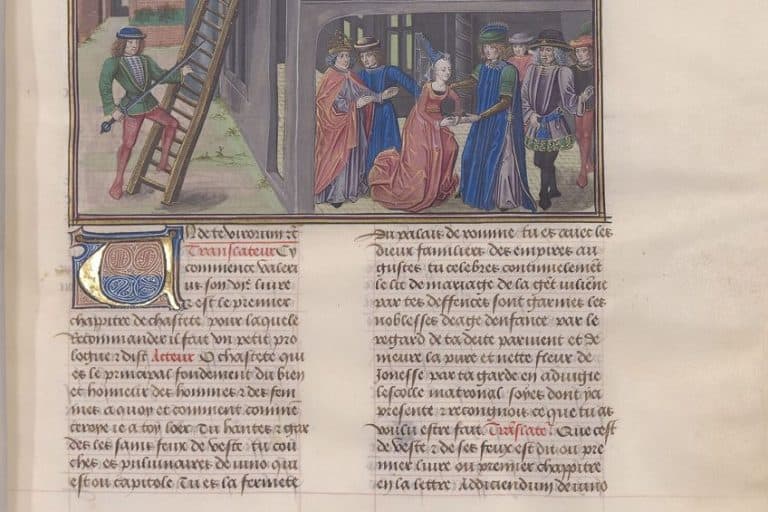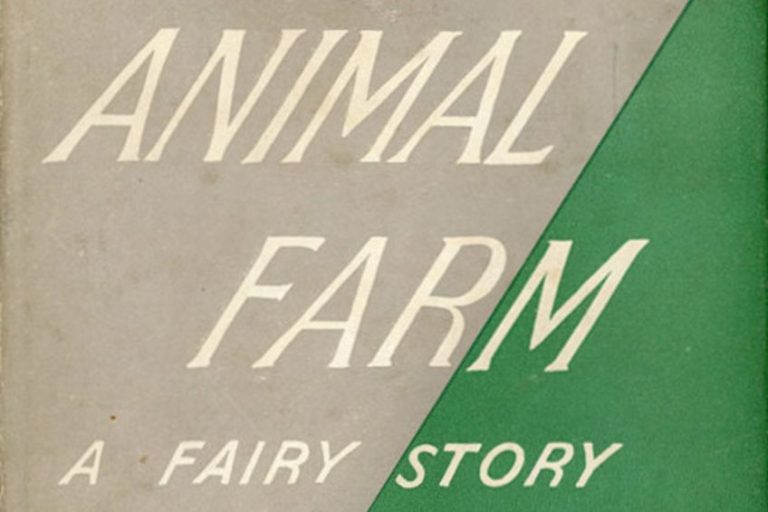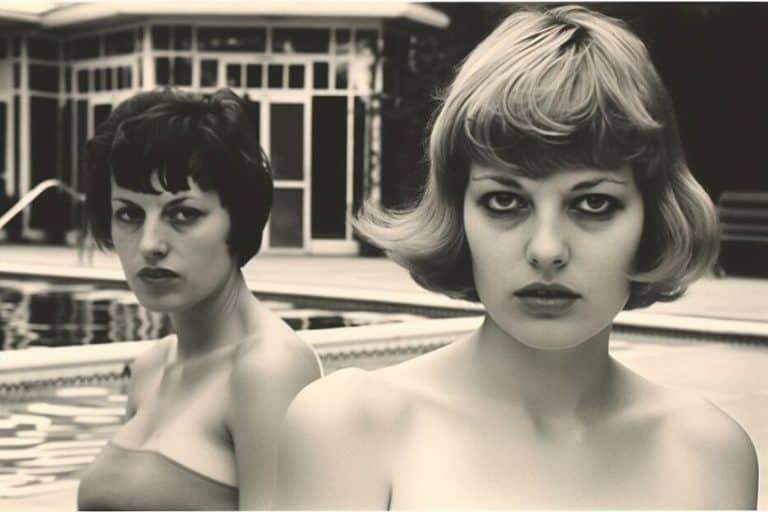How to Read a Poem – Tips to Train Your Poetry Brain
Poetry can be a very fun thing to read. On the other hand, a lot of poetry is unnecessarily difficult to read and so it is not fun. This little article that I am presenting to you will not argue that all poetry can be fun to read, but there certainly can be things you may learn from all manner of poetry. So, I am going to present some ideas about how to read a poem for those who may struggle with that a little. I’ll be looking at it from a variety of levels, and that should help those who want to learn how to understand poetry.
Table of Contents
How to Read a Poem
The question of how to read a poem is one that may, on the surface, seem pretty obvious. You read a poem by using your eyes and reading it. However, when we talk about how to read a poem, we do not simply mean to read the physical words and then just move on. Instead, we are actually talking about how to understand poetry. So, while the idea of how to read a poem may seem rather silly, it really isn’t.

We can also see this as being similar to learning how to read academic texts. Essentially, it does still just involve reading it like you’d read anything else, but on a more technical level, it generally means learning to read something more critically. A critical eye is very necessary when it comes to learning how to read poetry, and that will be some of what I go over today.
How to Read a Poem Summary Points
Let’s be honest here, everyone loves a good summary. Just give me the main points, please! Well, your wish is my command. However, the summary does not go quite as in-depth as the remainder of the article.
This should be a good starter though:
- Learning how to read poetry requires careful, critical reading. For many of us, speed reading is the name of the game! I speed read too. However, when reading poetry, you need to be far slower and more methodical in your reading. You also need to read with a very critical eye. Why have certain elements been used, why is it arranged like that, why are those words used, and so on? This is how you should think when reading poetry.
- Learning how to read poetry requires a greater understanding of the world. While learning how to read poetry is certainly focused on actual reading, it also requires further learning. The reason for this is because the only way to really learn how to understand poetry is by understanding the world that produced it. You cannot truly hope to understand a poem about World War One without knowing at least something about that war, after all.
- Learning how to read poetry requires practice. Like most things in this world, you will not simply grasp it as soon as you decide to give it a go. When you first read poetry, you likely read on a very literal level. You will see what’s on the surface, but you need to interrogate those deeper elements of the text to come to a far greater understanding, and that requires reading more and more poetry with a critical eye.
Thus concludes the summary points of our little discussion about how to read a poem. There is a lot more to it than just this though, and while the summaries I gave my old students certainly did help them, more robust discussions were the true area for learning how to understand the concepts that were being explored.
How to Read a Poem on the Surface
At the beginning of this article, I said that learning how to read a poem involves reading things more deeply, but that is not solely the case. You also need to read things on the surface level. This does not have much discussion attached to it though for fairly obvious reasons. When you find a poem, read it, and try to understand it on a purely literal level. What does the poem say in its most basic sense? Not an examination of the metaphors or anything else, but the actual words. Be literal! Because deeper understanding comes from what is literally stated.

Reading Poetry on a Form, Content, and Context Level
When you decide to get into the reading of poetry, you need to understand that there are various levels to a poem. Above, I mentioned the surface level. What is actually said, and it’s important to do that basic step because deeper understanding comes from what is actually written on the page. However, for both a surface level and a deeper understanding, you need to understand form, content, and context.
These three concepts are not difficult to understand, and they are integral.
It is also why the examples below are focused on all three of these, but we’ll get to that later. You see, these three elements interact. They are also simple. So, the form is what you actually read. It is the words, sentences, and so on. It is the poem’s physical aspects. On the other hand, the content is what those words and sentences are about. The poem may be written as a sonnet, which is the form, but the content is what that poem is about. Lastly, the context is everything around the poem. This includes details about the author, the period it was written, the language that was used, and so on.
How to Read a Poem on a Deeper Level
Above, I discussed how you need to look at the form, content, and context, and this is especially true when it comes to a deeper level of understanding in poetic readings. Do you want to truly understand and interpret a poem? If your answer here is in the affirmative, you’ll need to learn how to analyze a text. Analysis is the act of reading and interpreting and backing up those interpretations with extracts from the text. You cannot just say that something is about something, you need evidence.

So, there’s a poem about beauty. You look at the form and note the use of natural imagery, hyperbolic statements, and a first-person perspective. This allows you to better understand the poem’s content. These elements allow us to start to understand, in this hypothetical poem, that the use of natural imagery, such as flowers, is used to establish a connection between undeniable natural beauty and the subjective beauty of a person. The use of hyperbolic statements emphasizes the unrealistic view that love produces in someone.
The first-person perspective can often be far more personal. You can see how the form and content operate alongside one another to produce meaning for each other.
The context is similar. Imagine this poem was produced in the 17th century. Are beauty standards still the same? How does this poem relate to contemporary ideas of love? This can allow you to argue for a more modern or classical understanding of the ideas being explored. It can even help you to possibly understand the viewpoint of people from a certain period of time. But you’re really only going to get better at analysis by doing it.
Learning How to Read Poetry Through Practice
There is really only one way to truly learn how to read a poem, and that is through practice. However, practice does not just mean that you yourself need to perform analytical readings, but rather that you need to gain experience from sources and yourself. You should read and/or watch analyses of poetry (such as those on sites like this one or YouTube), learn more about the world itself so that you can understand the topics being explored, expand your vocabulary, and so on. You won’t get better at reading and understanding poetry without also trying to learn and read more.

Some Examples of How to Read a Poem
Ahh, examples. This is typically how best to learn how to do anything, really. If you want to learn how to read a poem, you’ll need to actually read a few poems! In this case, I would also recommend getting the actual poems to read them, and they are all readily available online. In this section, I will also be examining each of these on three different levels to show you how a poem can be read in different ways. We’ll only do so briefly, and if you want a far more robust examination of any individual poem, there are a number of in-depth analyses on this site, and many of them are by me!
However, for this section, we’ll only be briefly looking at the form, content, and context of each poem. Let’s do it!
I Wandered Lonely as a Cloud (1807) by William Wordsworth
| Date Published | 1807 |
| Type of Poem | Lyric poem |
| Rhyme Scheme | ABABCC |
| Meter | Iambic tetrameter |
| Topic | Nature |
I Wandered Lonely as a Cloud is a poem with a strong rhythmic beat, a more understandable use of language than many of the Romantics could muster, and it incorporates many beautiful images of the natural world. This is where the focus of this poem lies, and it wants to have a good flow as it presents the beauty of the world to the reader. This is the poem’s formal component.

However, what is the poem actually about? That is the content of the poem. It is oriented around these images of the natural world because it wants to explore connections between memory and nature. It wants to elevate natural beauty and discuss these concepts and what they mean to the speaker. The poem is about the individual and their experience of the world. When it comes to the context of the poem, this is likely one of, if not the most, famous of all the Romantic poems. And that is very interesting for one particular reason: it was critically panned when it was released. Many others were highly critical of the poem and the collection it was published in. Even his friends were critical of it.
However, it has withstood the test of time to become an immensely famous text that is seen as emblematic of the Romantic movement as a whole.
Ozymandias (1818) by Percy Bysshe Shelley
| Date Published | 1818 |
| Type of Poem | Sonnet |
| Rhyme Scheme | ABABACDC EDEFEF |
| Meter | Loose iambic pentameter |
| Topic | The erosion of power |
Ozymandias is a poem that makes use of some standard formal elements. For instance, it is a sonnet, although it is a non-standard sonnet, and it incorporates a strong rhyme scheme throughout. It also reads with consistent use of enjambment, so while reading the poem aloud, it can sound like prose. This gives it a far more naturalistic quality.

When we decide to examine the poem’s content, we can see that it’s a rather interesting one. The reason for that is because it describes, through a second-hand account, the site of an ancient statue that has fallen. Everything around the statue is desolate emptiness, and the once-great monarch who lorded over that realm has long since been dead and buried. Their power is gone. The poem, through the content alone, is clearly about the erosion of power over time, but only through external information can we truly understand. The poem does not tell us who Ozymandias was, but he was Ramesses II, and he was one of the greatest of all ancient Egyptian rulers.
The poem makes far more contextual sense when we know information like that.
When I Heard the Learn’d Astronomer (1865) by Walt Whitman
| Date Published | 1865 |
| Type of Poem | Free verse |
| Rhyme Scheme | None |
| Meter | None |
| Topic | Imagination and science |
When I Heard the Learn’d Astronomer is one of the most famous early free verse poems. This poem is written, as an instance of free verse poetry, without many of the standard conventions one might find in poetry. This means that it lacks rhyme, ordinary meter, or even consistent line length. Some of the lines are even so long that in some prints of the poem they run onto the next page.

This formal aspect allows the content to be presented in a very straightforward sense without the need for the ordinary close reading of a poem that you might need to do when a poem is written like the ones above. The poem explores the idea of science and the imagination of humans, and how they can often be at odds with one another. This is why, in terms of the context, we can be led to think about these kinds of ideas. Why would Walt Whitman decide to write a poem of this nature? Why should the sciences and the human imagination be seen as standing against one another?
This can make the reader contemplate those very same ideas and try to understand why that is the case.
Harlem (1951) by Langston Hughes
| Date Published | 1951 |
| Type of Poem | Lyric poem |
| Rhyme Scheme | Variable |
| Meter | None |
| Topic | The African American experience |
Harlem is not a very long poem, and in terms of the form, it is quite to the point. It is made up of a series of questions. The first question is clearly the framing question around which all of the other questions are oriented. That first line posits something that every other question is actually an answer to. This is an interesting formal arrangement that forces the reader to contemplate these questions as rhetorical.

When we transition from the form to the content, we can see that this poem is about a dream of some kind that has been put on hold. And the poem asks us what will happen to this dream because it has been deferred. There are repeated images of disgust and the grotesque, such as rotten meat, and a final image of violent explosion. This poem is impossible to fully understand without the context. What is this dream? Well, if you know who Langston Hughes is, you will know that he was an African American writer who was a major figure in the American Civil Rights Movement. He was discussing the American Dream here. The supposed dream that black Americans had been promised.
They had been promised equality, and it was still kept from them. So, it ultimately asks what happens to a dream such as this when it has been deferred?
Muliebrity (1960s) by Sujata Bhatt
| Date Published | 1960s |
| Type of Poem | Free verse |
| Rhyme Scheme | None |
| Meter | None |
| Topic | Feminine empowerment |
Muliebrity is a poem that is straightforwardly presented to us. In terms of the form of the poem, it does not have all that much interest in being overly flowery or difficult to read. Instead, the poem states what it wants to state. This is quite indicative of a lot of feminist poetry, which tends to eschew complicated language for phrasing that is simple and to the point.
However, when we get to the poem’s content, we need to have a look at what the poem is discussing. In this case, it discusses a woman that the speaker sees. This woman is picking up cow dung, and the speaker refuses to see her as anything other than a strong and feminine being because of it. The poem even states that this woman is not a metaphor, she is an actual person, and the speaker’s words about her show only a snapshot of her life.
Lastly, when it comes to the context, let’s look at that title. The title of the poem is not a very common one and few people would likely know it. It is a word in the English language, and it refers to femininity. So, from the title alone, we know that this woman who is being described is stated to be feminine. She is feminine even though she is not doing something we would ordinarily see as feminine, and what does this say about our view of femininity in general?
Reading poetry can be a great time, and even when a poem is not fun to read in any real way, there are things we can learn from it. That is why it is great to learn how to understand poetry. This medium allows a writer to explore concepts in ways that are not easily conveyed otherwise. Poems can be emotional, provocative, and purposefully vague, and instead of being something to criticize, it is something that spurns us to think. We should see poetry in this way, but even though this whole article has been about how to read a poem, the only real way to learn is to read a lot for yourself.
Frequently Asked Questions
Can You Learn How to Read a Poem?
Anyone can learn to read a poem. However, when it comes to learning how to understand poetry, it does require that someone takes an active interest and actually attempt to learn and understand. Poetry can be a difficult thing to learn to read seeing as it often makes use of external information and sophisticated language, but it is very much possible for anyone to make the effort and learn.
Do Easy-to-Read Poems Exist?
There are many poems out there that are immensely easy to read. There tends to be an association between poetry and difficult language, and that can often be laid at the feet of school curricula that enforce the reading of difficult poems. However, if you want easier poems to read, all you need to do is look for them. A few Google searches will give you a whole host of easy poems to read.
Why Are Some Poems Difficult to Read?
Poems can be easy to read, and they can also be hard to read. Some poems are purposefully written in difficult language to force the reader to sit with them and attempt to decipher them. This is not an invalid way to write poetry, but it does mean that many will be put off reading poems. Those that are written in more simple language do not need articles that explore how to read a poem, after all.
Why Do Schools Teach Difficult Poems?
There are so many different reasons as to why difficult poems are taught in schools, but some of the primary reasons have to do with a certain level of academic elitism. The hard poems are the ones that can often have the most to say, and so meaning can be packed into them. They are often written to be interrogated and deciphered rather than being obvious, and this makes them great for classroom environments. However, this dedication to the difficult classics can also turn many away from poetry. So, it has a terrible effect on the reading of poetry in the world.
Is It Worth Learning How to Understand Poetry?
This is something very subjective, and I have a bias because I studied literature and taught both English language and literature. However, I would say it is good to learn how to understand poetry. The reason is because poetry allows us to explore ideas and concepts in a shorter and more experimental manner that forces us to really sit and think about it. Creative ways to convey these ideas are great for learning said ideas.
Justin van Huyssteen is a freelance writer, novelist, and academic originally from Cape Town, South Africa. At present, he has a bachelor’s degree in English and literary theory and an honor’s degree in literary theory. He is currently working towards his master’s degree in literary theory with a focus on animal studies, critical theory, and semiotics within literature. As a novelist and freelancer, he often writes under the pen name L.C. Lupus.
Justin’s preferred literary movements include modern and postmodern literature with literary fiction and genre fiction like sci-fi, post-apocalyptic, and horror being of particular interest. His academia extends to his interest in prose and narratology. He enjoys analyzing a variety of mediums through a literary lens, such as graphic novels, film, and video games.
Justin is working for artincontext.org as an author and content writer since 2022. He is responsible for all blog posts about architecture, literature and poetry.
Learn more about Justin van Huyssteen and the Art in Context Team.
Cite this Article
Justin, van Huyssteen, “How to Read a Poem – Tips to Train Your Poetry Brain.” Art in Context. February 26, 2024. URL: https://artincontext.org/how-to-read-a-poem/
van Huyssteen, J. (2024, 26 February). How to Read a Poem – Tips to Train Your Poetry Brain. Art in Context. https://artincontext.org/how-to-read-a-poem/
van Huyssteen, Justin. “How to Read a Poem – Tips to Train Your Poetry Brain.” Art in Context, February 26, 2024. https://artincontext.org/how-to-read-a-poem/.









